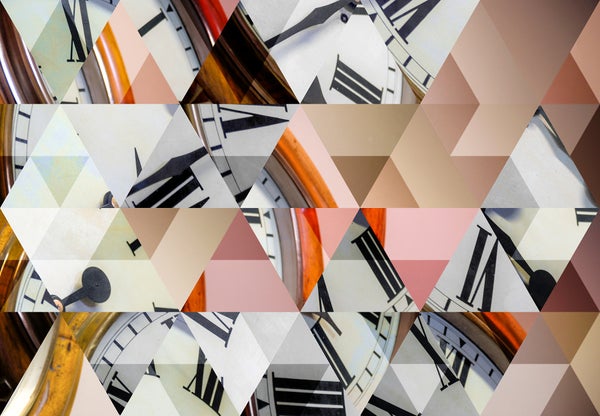Time Slows Down When We See Something Memorable
New research shows that looking at memorable images can warp our perception of time
A watched pot never boils, but time flies when you’re having fun. These all-too-familiar sayings have a basis in solid science—our sense of time really does expand and contract depending on the way we experience the world around us. This is not just a general impression of time’s passage. These temporal fluctuations have a great deal to do with the intricacies of perceptual psychology. Even subtle visual features can affect how we perceive time: looking at red objects makes time pass slower than staring at blue ones. The slowdown also occurs when inspecting bigger and brighter objects and more emotional faces.
“There are a lot of illusions of time,” says Martin Wiener, a cognitive neuroscientist at George Mason University, though scientists aren’t sure what is happening in the brain to cause them. Among the illusions that are already out there, Wiener and his colleagues have found a new one that stands out because of its inherent circularity. It turns out that more memorable images seem to last longer, and these persistent images also appear to be more memorable. These findings, published in Nature Human Behavior on April 22, help reveal how the brain’s time-warping strategy might allow it to process and remember more information.
Unlike our body’s circadian rhythm, which marks time thanks to a specific group of cells in the center of the brain, our conscious, subjective sense of time does not arise from one brain region. “There’s no one single area that we’ve found that controls your sense of time; it seems like it’s a whole constellation of areas,” Wiener says. But while scientists don’t know what is actually happening in the brain when time seems to dilate, they do have an idea about why the phenomenon occurs. They suspect it may have to do with helping the brain process more information…
Read the full article here







